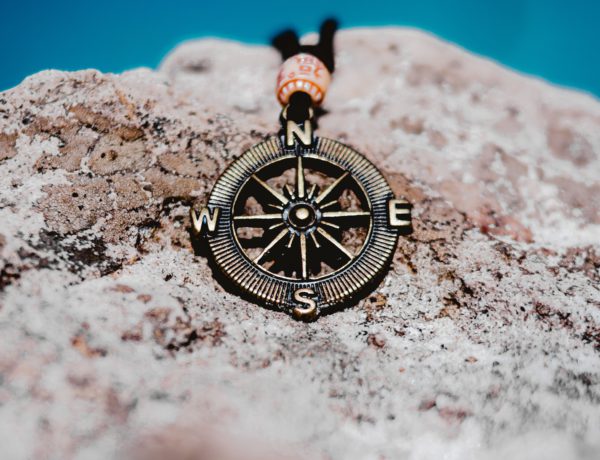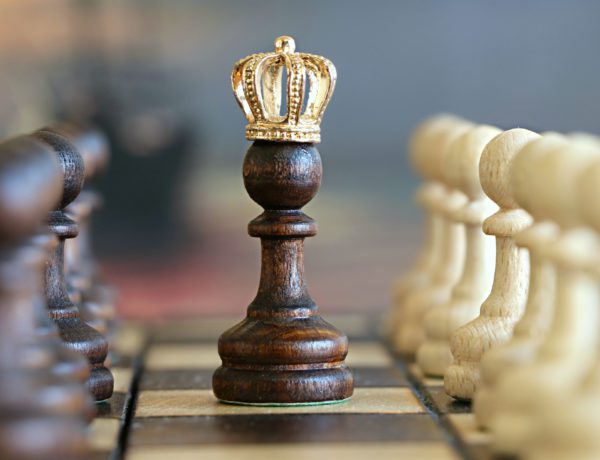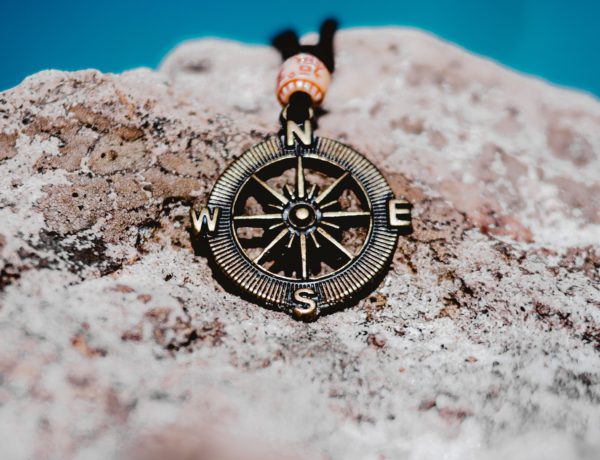If you ask someone what prudence is, you are likely to get a quizzical look. “Doesn’t that mean being cautious? Isn’t one of the witches on Charmed named Prudence?” some might say. Well, yes and no (and yes, Pru(dence) is a witch on Charmed).
Prudence is more rightly defined as the ability to discern what is truly good in our lives. Included in the idea of prudence is the ability to act on what we discern; prudence is not a passive virtue, but an active one.

While it seems simple to practice Prudence (“Choose the best option? Easy peasy lemon squeezy!”), there are actually many components of Prudence that we need to account for when practicing it in daily life. We’re going to refer to parts of the image of Prudence above when describing the parts of Prudence below, so scroll back up if you need to.
Memory
Let’s face it: the choices we have to make in life are generally not new, not even to us. We often have to choose the same actions over and over again. If we can’t remember the consequences of our past actions, how can we choose a good action in the present? We can’t.
A major part of practicing Prudence, then, is being able to recall how we handled a similar situation in the past. If we can’t remember how our previous choices turned out, we may make a serious mistake this time around when choosing. Or we may not. By remembering similar times in the past, though, we are better enabled to make good choices in the present.
The quality of memory is shown by the face on the back of the head of Prudence. The message is clear: in order to act with Prudence, we must look back before looking forward.
Reflection
Once we have pulled up our memories of our past choices, we need to look at how those choices turned out. Did we make a good choice that time, or did we later regret having made that choice due to the consequences involved? Can we make a better choice this time?
By reflecting on our past choices and their consequences, we can help ourselves make better choices today. Instead of blundering forward, we can make an informed choice. But what about choices we’ve never had to make? How can we reflect on those?
Obviously, we can’t by ourselves. We can, however, ask others we know who have been in similar situations before about their experiences. By leveraging their memory and reflections, we can start to make better choices today. Two heads are better than one (and check out the image of Prudence above. Two heads? Check.).
If we’re having trouble reflecting, though, we may need a little divine inspiration to help us. This may be a thought that pops in our heads that causes us to have a new insight into our choice, or maybe a phone call from a friend at just the right time.
The quality of reflection is shown by the mirror reflecting the front-facing face of Prudence in the image above; the idea that we may need a little divine intervention in our reflection process is shown by the angel holding the mirror.
Reasoning
With our memories and reflections in place (even if we had to borrow someone else’s), we can now reason about the choice we currently face. To do so, we might want to employ a tool to help us reason correctly.
I generally use a list of the pros and cons, either in my mind or on paper. Such a list enables me to see the potential positive and negative consequences of the action I am proposing to take. You may use a mind map, a simple list, or some other tool altogether. The form of the tool doesn’t matter, just that it enables you to see the potential paths in front of you.
Once the potential paths are laid out, it’s now time to begin the process of making a decision.
The quality of reasoning is shown by making Prudence a human(ish) figure; as far as we know, humans are the only animals capable of reasoning.
Foresight
Having looked at the pros and cons, we can now use our faculty of foresight (or, simply, imagination) to see what might come of our action.
Each path and its consequences are visualized. Then reflection mode pops back up as we ask ourselves: do I like how this looks? Can I live with the potential consequences, or are they too much? Have I accurately identified the consequences or do I need to do some further thought?
If we don’t engage in this process of looking forward and act impulsively, we are very likely to make a decision that we will later regret. The same holds if we don’t use our faculty of foresight to accurately look forward; if we paint the picture too rosily, we are also likely to make a mistake.
The quality of foresight is shown by the forward-looking face in the image of Prudence above.
Circumspection
In the image above Prudence holds a compass, a tool used in geometry to make circles. A circle defines (or circumscribes) an area in geometric space. Similarly, we are to use our faculties to define our area of action. What’s in the center of the circle? You, of course.
The points outside the center represent the choices and the areas of choice in which we act. Far from being infinite, each sphere of action is limited: limited in the consequences we may face as well as limited in the actions we can take in that sphere.
In order to properly (prudently) limit ourselves, we should ask some questions: Is the action we’re contemplating appropriate in terms of risk? Are we going too far or not far enough? Should we be doing this at all? Who does this harm, if anyone? Asking these questions will keep us on a path of prudence.
Wrapping up
If we follow the process outlined above, we can certainly improve our decision making and thus our lives and the lives of those we touch. If you look at the image above, you’ll notice a small dragon to the right of the figure of Prudence.
The dragon has always been seen as a symbol of evil; think of all the stories of taming or defeating a dragon in mythology. The fact that this particular dragon is small is interesting, for it suggests that when we act with Prudence we keep the evil in our life small enough that it cannot really hurt us.
And isn’t that reason enough to practice Prudence in everyday life?



